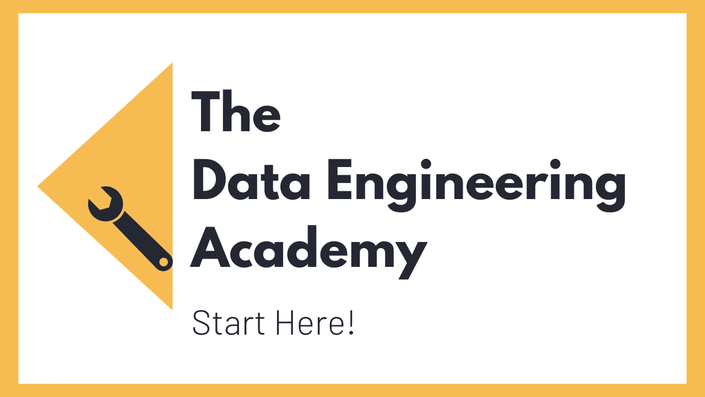Introduction
Description
Data Engineering is more than just moving data from one place to another. It’s about building reliable, scalable, and efficient systems that turn raw data into actionable insights. But along the way, many engineers get stuck—jumping from one problem to another without a clear roadmap.
That’s why we created the "Becoming a Better Data Engineer" course for you. This course is designed to help you navigate the real-world challenges of data engineering, from planning and designing robust systems to implementation and operations. You’ll learn proven strategies to avoid common pitfalls, anticipate problems before they arise, and create data pipelines that actually work.
By the end of this course, you’ll have a structured approach to tackling data projects, improving efficiency, and solving problems like a pro. Whether you’re just starting out or already have experience, this course will help you level up.
We start by looking at the big picture of Data Engineering—how data flows through systems, how to structure projects, and what separates great engineers from the rest. Then, we dive into the four key phases of every data project: Planning, Design, Implementation, and Operations. You’ll learn how to define clear requirements, choose the right architecture, and manage stakeholders effectively.
The course also covers real-world challenges, such as handling changing requirements, debugging efficiently, and optimizing performance. You’ll gain insights into risk assessment, monitoring, and continuous improvement, so your pipelines stay efficient long after they’re deployed.
By the end of the course, you’ll have a clear, repeatable approach to Data Engineering that will help you build better systems, work more efficiently, and avoid costly mistakes. Whether you're just starting out or have years of experience, this course will help you level up.
Introduction to Data Engineering and Project Phases
Start by understanding the role of a Data Engineer and how data flows from sources to storage and end users. Learn the four key project phases - Planning, Design, Implementation, and Operations - and why each one is critical to building reliable pipelines.
Avoiding Common Pitfalls in Data Projects
Many engineers struggle with unclear requirements, unrealistic timelines, and communication breakdowns. This section teaches you how to define clear KPIs, manage stakeholder expectations, and prevent scope creep before issues arise.
Building and Optimizing Data Pipelines
A successful pipeline isn’t just functional - it’s efficient, scalable, and easy to maintain. Learn how to design pipelines that handle data integration, error handling, and performance optimization while ensuring long-term reliability.
Operations: Monitoring, Debugging, and Scaling
Keeping a pipeline running smoothly requires good monitoring and quick troubleshooting. This section covers how to detect failures, debug issues efficiently, and scale infrastructure without unnecessary costs.
Who Should Take This Course?
If you’re an aspiring Data Engineer looking to build a solid foundation or an experienced engineer wanting to refine your approach, this course will give you practical strategies to improve your work.
Why Take This Course?
This course focuses on real-world problem-solving, helping you develop the mindset and skills needed to build smarter, more efficient data pipelines. Instead of just reacting to issues, you’ll learn how to anticipate and prevent them, making your work as a Data Engineer more effective and rewarding.
Course Curriculum
Pricing
Becoming a better Data Engineer is included in our Data Engineering Academy







